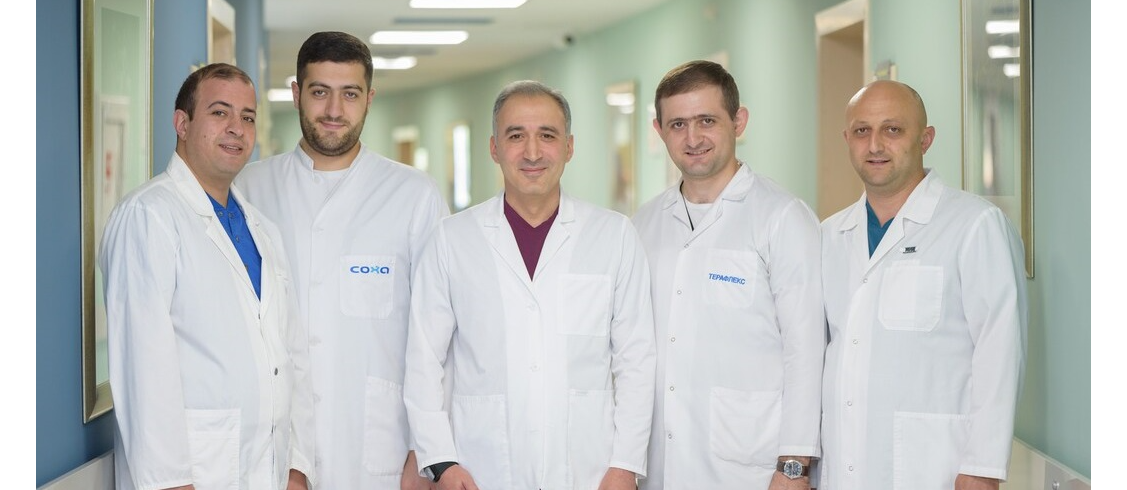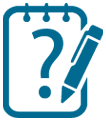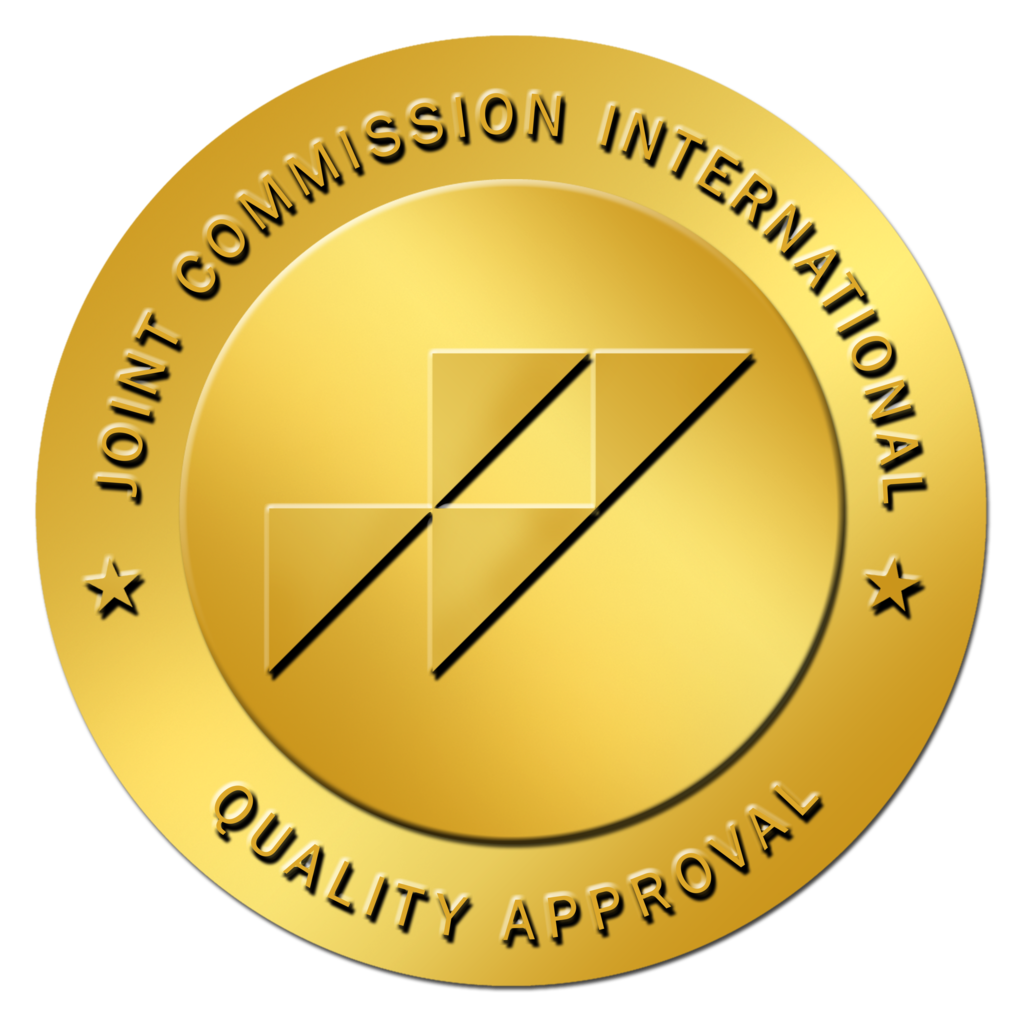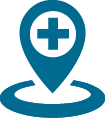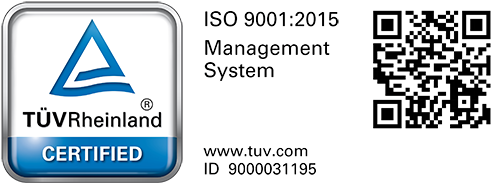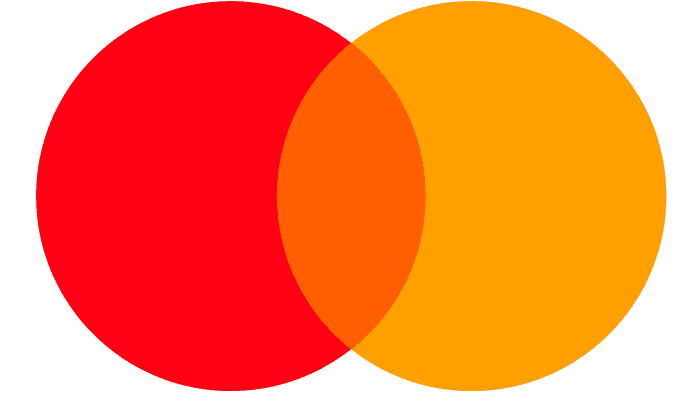Bronchoscopy is a modern diagnostic procedure that allows physicians to thoroughly examine the airways from the larynx down to the accessible parts of the bronchi. It is performed using a special device called a bronchoscope, equipped with a camera and lighting system.
This procedure not only helps to identify diseases of the respiratory tract but also enables small therapeutic interventions when necessary, including airway sanitation (cleaning).
Bronchoscopy can be used to:
- Assess the condition of the airway mucosa
- Detect tumors, inflammatory changes, and obstructions
- Remove mucus or foreign bodies
- Clarify the causes of lung diseases and perform tissue biopsy
- Monitor the airways after surgery and, if necessary, perform cleaning
Indications for bronchoscopy
Bronchoscopy may be indicated in cases such as:
- Persistent cough
- Breathing difficulties
- Presence of blood in sputum (hemoptysis)
- Suspected tumors of the lungs or bronchi
- Chronic bronchitis, bronchiectasis, or other inflammatory conditions
- Prolonged or recurrent pneumonia
- Suspected foreign body in the airways
In addition to diagnostic purposes, bronchoscopy is also used therapeutically — to clean the airways, remove obstructions, or administer local medications.
Preparation for bronchoscopy
Preparation typically includes:
- Preliminary medical examination, laboratory and instrumental tests (complete blood count, coagulation profile, ECG)
- Chest X-ray or CT scan as indicated
- No food or liquids for at least 6–8 hours prior to the procedure
- Limiting smoking and alcohol intake
- The physician explains the procedure in detail and answers all questions
Patients taking anticoagulants or those with allergies must inform their physician in advance.
How bronchoscopy is performed
The procedure is carried out under sterile conditions by an experienced specialist. Two main methods are used:
- Flexible bronchoscopy — the most common, providing comfort and detailed examination
- Rigid bronchoscopy — used in special cases, such as foreign body removal or control of bleeding
The bronchoscope is carefully inserted through the mouth or nose, passes through the larynx, and reaches the bronchi. The camera transmits high-resolution images, enabling a detailed evaluation of the airways.
The procedure usually lasts 10–20 minutes, and may take longer if a biopsy or therapeutic intervention is required. After bronchoscopy, the patient remains under observation until the effects of anesthesia or local sedation wear off completely.
Bronchoscopy under anesthesia
At “Nairi” Medical Center, bronchoscopy can also be performed under general anesthesia, ensuring maximum comfort and eliminating unpleasant sensations. This option is particularly recommended for:
- Children
- Patients with pronounced fear or anxiety
- Long or complex interventions
During and after anesthesia, the patient’s condition is continuously monitored by an anesthesiologist and the medical team.
Where to undergo bronchoscopy in Yerevan
At “Nairi” Medical Center, bronchoscopy is performed using state-of-the-art equipment by highly qualified specialists. Our advantages:
- Latest-generation bronchoscopes
- High-quality imaging systems
- Comfortable conditions and personalized approach
- Possibility to perform the procedure under local anesthesia or general anesthesia
To book an appointment, call 89 00 or visit “Nairi” Medical Center at 21 Paronyan Street, Yerevan.
